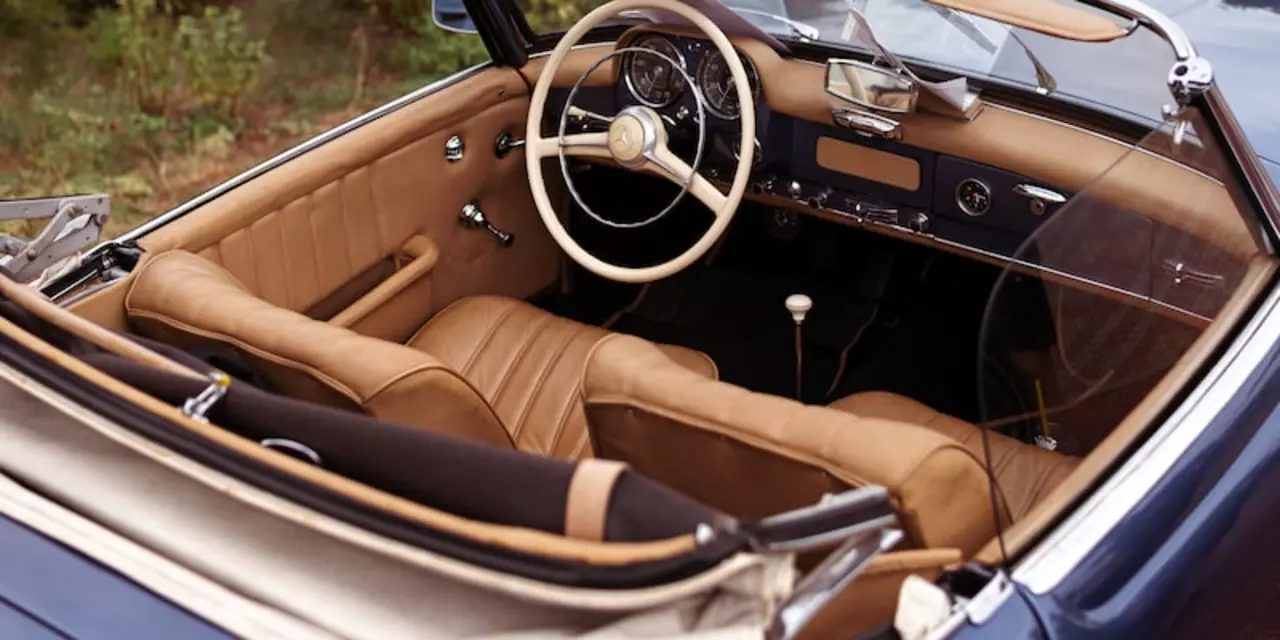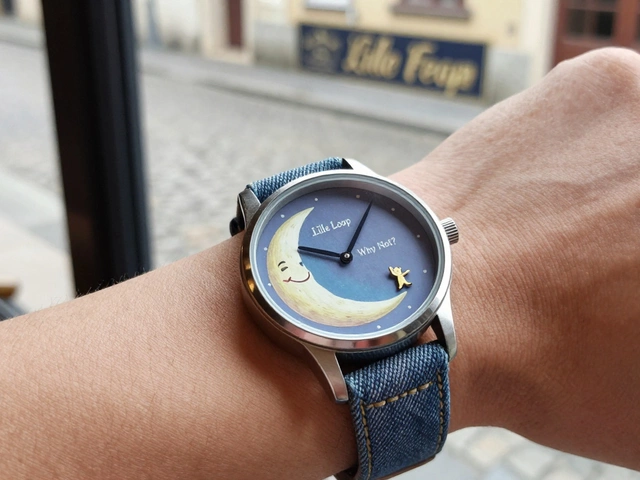Film Industry Insights – Cars, Stunts and Pixar in Movies
If you love movies, you’ve probably noticed the way a sleek sports car or a busted getaway vehicle can make a scene unforgettable. The film industry uses cars not just as props, but as storytellers. From real‑world crashes on sound stages to animated road trips, each car brings its own drama. This page pulls together the most asked‑about topics from our tag, so you can get the facts without scrolling forever.
Real Car Destruction on Set
Ever wondered whether the cars smashed in action movies are still running? The short answer: most of them aren’t. Studios usually build lightweight replicas or strip down a real car to make it easier to break. A full‑size Ferrari that leaps off a cliff is often a shell with a fake interior – the engine never revs. This saves money and keeps the crew safe. When a car does need to actually move, crews rig it with remote controls or hidden cables, so the driver stays out of harm’s way.
Another practical tip: if you spot a car twitching after an explosion, it’s probably a hydraulic rig. Directors love that realistic wobble, but it’s all mechanical, not a damaged engine. This approach also lets them reuse the same car for multiple scenes, swapping parts between takes.
Animated Cars and Easter Eggs
Pixar’s Cars franchise shows that even animated vehicles need a back‑story. Fans love hunting for Easter eggs, like the Pizza Planet truck that appears in almost every Pixar movie. The truck links different worlds and gives die‑hard fans something to talk about after the credits roll. Another hidden nod is the “A113” code, a nod to a classroom at CalArts that shows up in dozens of films. These details keep the audience engaged and add layers to the storytelling.
When Pixar adds a new car character, they often base the design on a real model. That’s why a Lamborghini in Cars 2 feels authentic, even though it’s drawn. The animators study the car’s lines, sounds, and personality, then exaggerate for comic effect. This blend of reality and imagination makes the movies feel fresh while staying grounded.
Beyond Pixar, many live‑action movies borrow from the automotive world. Hollywood’s biggest stunts, like the famous chase in Fast & Furious, use genuine high‑performance cars, but they’re driven by professional stunt drivers. The drivers rehearse each move many times, ensuring the audience gets the thrill without real danger.
So, what can you take away from all this? If you’re planning a film project, consider whether you need a real car, a replica, or a CGI model. Real cars add weight and authenticity, but they’re pricey and risky. Replicas give you control and safety. CGI offers limitless creativity, but it can feel flat if not done right. Knowing the pros and cons helps you pick the right tool for your story.
Whether you’re a nerd who loves spotting hidden references or a budding filmmaker figuring out how to shoot a car crash, the film industry has a method for every situation. The next time you watch a movie and see a car burst into flames, remember there’s a whole team behind that moment, choosing the safest, cheapest, and most exciting option. Keep an eye out for those details – they’re the real stars of the show.
Why do movie villains always drive German cars?
- Thomas O'Reilly
- Mar 3 2023
- 0 Comments
This article examines the prevalence of German cars in the movies, and how they are often used to convey a sense of wealth, power, and menace. It looks at how villains in the movies are often seen driving German cars, such as Mercedes, Audi, and BMW. It also discusses how the German car industry has managed to successfully market their vehicles to Hollywood. Finally, the article concludes that villains and German cars have become synonymous in movies, as they are often used to create a sense of fear and danger.
View More
